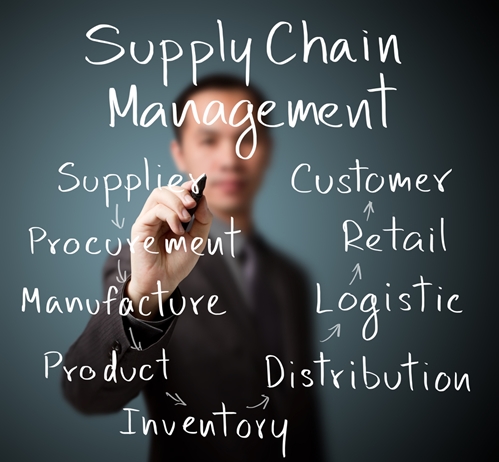Maintaining inventory visibility is vital for omnichannel success
Retailers are quickly realizing the benefits of using a common inventory pool for all channels, rather than allocating stock to specific channels. It is a more cost-effective way of approaching inventory management and allows sellers to use their product in the most effective way possible, moving it from store to store, marketplace to marketplace and channel to channel to make the most of their goods.
However, utilizing inventory in this way is also a complex process that demands visibility and transparency. Merchants need a high-level of inventory visibility – any inaccuracies or lack of information could negatively impact the inventory management process. If retailers cannot tell how much inventory they have at one location or where stock currently lies in their supply chain, how can they optimize the use of it?
Enter RFID
Radio frequency identification (RFID) plays a pivotal role in helping merchants gain the visibility they need to manage their inventory effectively. This technology can be utilized to help give retailers the store and shelf-level visibility of their inventory so they can better track where it is, which empowers them to make the best decisions possible with their product at any given moment.
“The world is becoming more and more real-time, and RFID provides the real-time information of physical assets and inventory that no other technology can provide,” Kurt Mensch, principal product strategist at Honeywell Scanning and Mobility, told Retail Solutions Online.
The first thing to consider is that RFID tags give retailers shelf-level visibility of inventory automatically. Retailers can use this technology to track inventory, whether it is in the back of the shop being stored, on a shelf or even if it has been misplaced by a customer who took the item from the shelf. Not only does this help retailers keep track of products in-store, which helps them serve customers more effectively, it also gives them more insight into which locations in the store tend to attract customers, which may promote better sales strategies.
However, RFID tags can be used for another key purpose as well: Tracking goods as they move throughout the supply chain. Retailers understand that each unique location is different – items that sell in one location may not move as quickly in another. By deftly moving excess goods from a location where they will sell more quickly, merchants can avoid losing money by having to cut prices to offload inventory.
Inventory visibility is a must
If retailers want to maximize the use of their inventory, they need real-time visibility no matter where their products are. RFID technology is just one tool that can help them gain that information and help them make better decisions with their goods.

